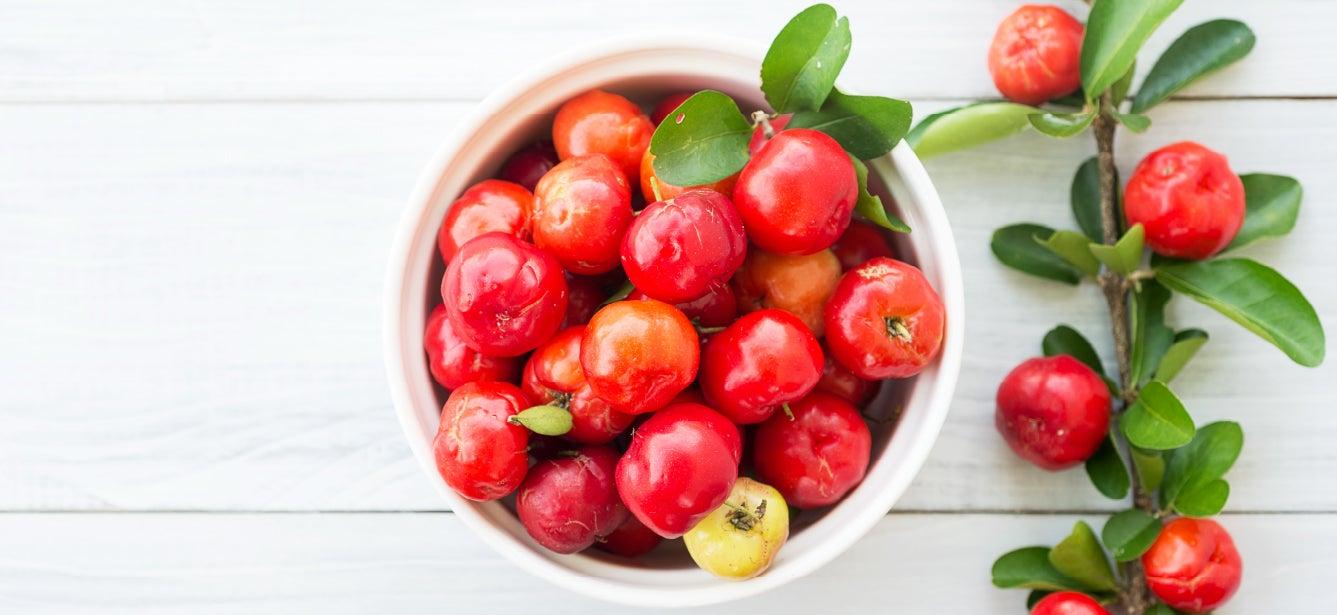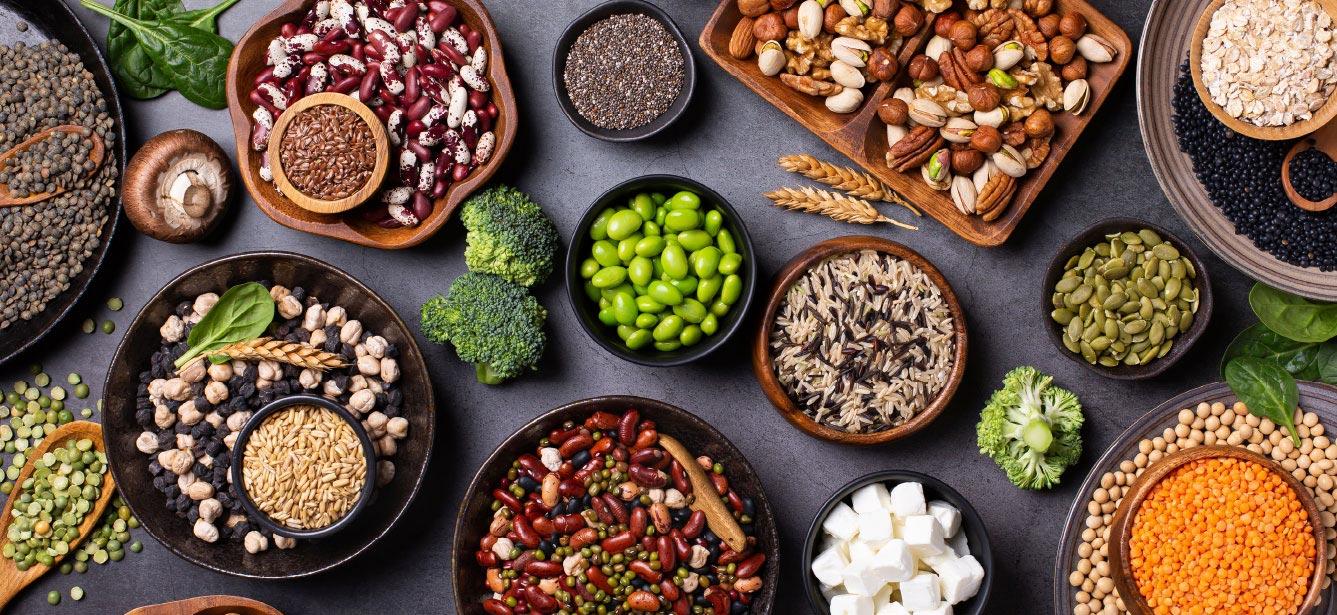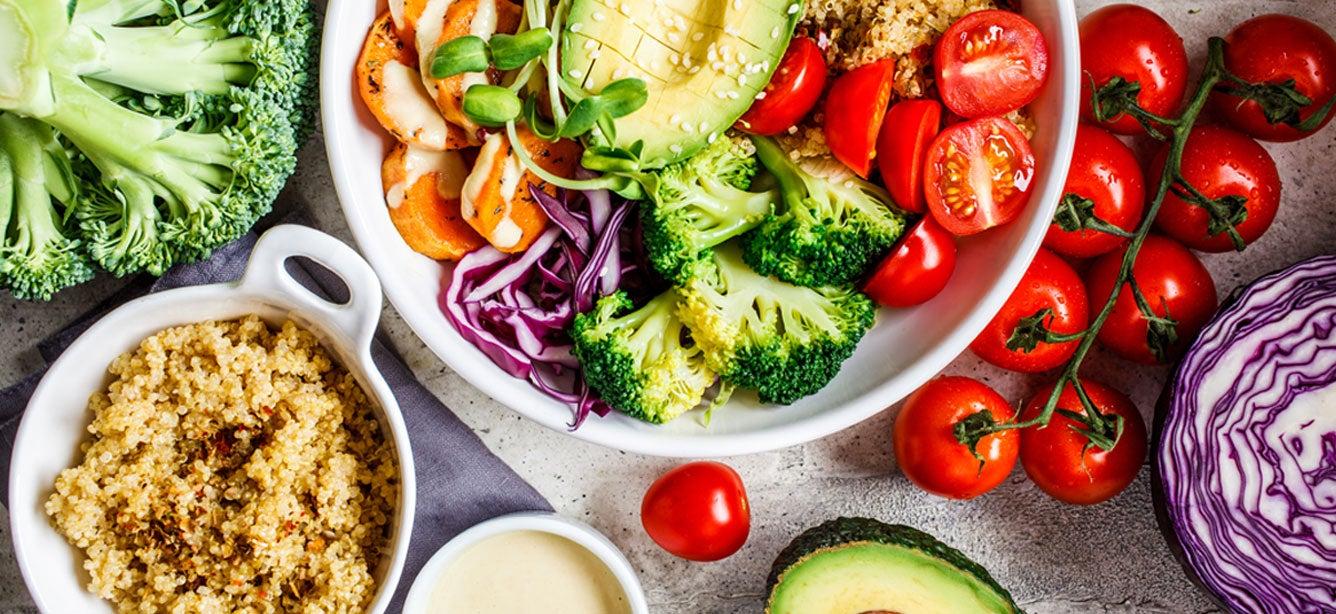
Related Topics
Ascorbic acid—commonly known as vitamin C—plays a key role in the health of older adults. A powerful antioxidant, this nutrient helps neutralize free radicals that can damage healthy cells and increase the risk for many chronic diseases. Vitamin C helps us produce collagen, an essential component of healthy bones, skin, cartilage, and blood vessels.
Vitamin C also:
- Aids in wound healing
- Supports brain cell functions
- Strengthens the aging immune system
- Facilitates iron absorption
- Supports metabolic functions
Research has shown that vitamin C can potentially reduce the risk of age-related macular degeneration, cataracts, and cardiovascular disease. There is also limited data suggesting that vitamin C may aid in decreasing blood sugar in people with diabetes, treating allergy-related conditions, and reducing the effects of sun exposure.
Does vitamin C reduce Alzheimer’s disease?
The potential link between vitamin C and Alzheimer's disease has intrigued scientists for decades. Oxidative stress is a mechanism responsible for the development and progression of Alzheimer's. Since antioxidants help protect the body from oxidative stress, studies suggest, antioxidants like vitamins C, E, and A could potentially be used as adjuvant therapies for preventing Alzheimer's disease and slowing its progression. However, further research is needed to fully understand how vitamin C can impact this disease.
How much vitamin C should a 65-year-old take?
Our bodies don't produce or store vitamin C, so it's important for older adults to include this nutrient in their diet. For adults age 50 and older, the recommended dietary intake of vitamin C is 90 mg / day for men and 75 mg / day for women, with an upper limit of 2,000 mg / day. This recommended intake generally does not increase as we get older.
Certain populations may be at greater risk for not getting the amount of vitamin C they need. This includes smokers and passive smokers (those exposed to secondhand smoke), people with limited food variety, and individuals with certain chronic diseases and medical conditions that hinder the absorption of vitamin C in the body.
It’s important to understand that most seniors get sufficient vitamin C from a healthy, well-balanced eating plan. Older adults who might be prone to not getting enough vitamin C may benefit from a multivitamin or standalone vitamin C supplement.
Can you take vitamin C with other medications?
Vitamin C has the potential to interact with certain drugs and medications, including nonsteroidal anti-inflammatory drugs (NSAIDs) like ibuprofen and naproxen used to treat pain and swelling, chemotherapy drugs, aluminum-containing antacids, and blood-thinning medications such as warfarin. That's why older adults should talk to their doctor before starting vitamin C supplementation.
What are the symptoms of vitamin C deficiency in adults?
Since vitamin C helps our bodies function properly, having insufficient levels can have a negative health impact. Low levels of vitamin C have been linked with:
- Stroke
- Certain cancers
- Atherosclerosis
- High blood pressure
- Gallbladder disease
While it’s not uncommon for some older adults to have low vitamin C levels, serious vitamin C deficiency is rare. Those who do have a true deficiency may experience:
- Slow wound healing
- Nosebleeds
- Easy bruising
- Inability to fight infections
- Inflammation of gums (gingivitis)
- Tooth loss
- Dry, splitting hair
- Rough, dry, bumpy skin
- Swollen, painful joints
What are the side effects of too much vitamin C?
Is it possible to get too much vitamin C? Consuming large amounts of this nutrient doesn't usually pose a serious problem in healthy older adults. However, an excess of vitamin C in the body can sometimes cause unpleasant gastrointestinal and other symptoms, such as:
- Abdominal cramps
- Heartburn
- Nausea and vomiting
- Diarrhea
- Headache
- Sleeplessness
In some adults, taking too much vitamin C—amounts greater than 2,000 mg daily—can lead to kidney stones. It can also result in iron overload in people who have medical conditions that cause iron accumulation in the body (e.g., hemochromatosis).
You can prevent these complications by only taking a vitamin C supplement if you and your doctor deem it necessary.
What foods contain vitamin C?
Many of them, in fact! Fresh fruits and vegetables in particular are excellent sources of vitamin C. See below for 15 foods that give you the most vitamin C "bang for your buck." As an added bonus, these produce powerhouses are delicious, too.
- Acerola cherries: 822 mg per 1/2 cup
- Sweet yellow peppers: 137 mg per 1/2 cup, raw
- Guavas: 126 mg in one fruit
- Blackcurrants: 101 mg per 1/2 cup
- Cantaloupe: 95 mg in 1/4 of a medium-sized fruit
- Red bell peppers: 95 mg per 1/2 cup, raw
- Strawberries: 89 mg per cup (halves)
- Papayas: 87 mg per cup
- Kale: 80 mg per chopped cup, raw
- Oranges: 70 mg in one medium-sized fruit
- Kiwifruit: 64 mg in one medium-sized fruit
- Broccoli: 51 mg per 1/2 cup, cooked
- Brussels sprouts: 49 mg per 1/2 cup, cooked
- Green bell pepper: 45 mg per 1/2 cup, raw
- Thyme: 45 mg per ounce
To make sure you or an older adult you care for is getting plenty of vitamin C, try adding these fruits and veggies to every meal. They can be tossed into salads, stir-frys, cereals, and smoothies—or enjoyed as an anytime, anywhere snack. If you’ve never eaten guavas or kale, now is a great time to try something new!
Get more vitamin C-rich foods into your diet with SNAP
Approximately 5.2 million older adults (age 60+) receive Supplemental Nutrition Assistance Program (SNAP) benefits.1 This federal anti-hunger program is designed for people who struggle to afford healthy groceries on a regular basis. With monthly assistance from SNAP, older adults can purchase more healthy staple foods that make up a well-balanced diet—including fresh fruits and vegetables.
Mary, aged 63, is a SNAP participant. When she lost her job as a school bus driver during pandemic shutdowns, she reached out to her local Benefits Enrollment Center for assistance and was approved for benefits.
SNAP provided me just enough help to get me through the holidays," she told her benefits counselor.
Don’t assume you or an older adult you care for doesn’t qualify for SNAP. It’s worth looking into—and our online screening tool at BenefitsCheckup.org makes it easy. Answer a few quick questions to check eligibility for SNAP and other benefit programs. If you, your loved one, or your client qualify, we’ll even help you start the application process.
Source
1. Characteristics of Supplemental Nutrition Assistance Program Households, United States Department of Agriculture (Fiscal Year 2019). Found on the internet at https://fns-prod.azureedge.us/sites/default/files/resource-files/Characteristics2019.pdf



